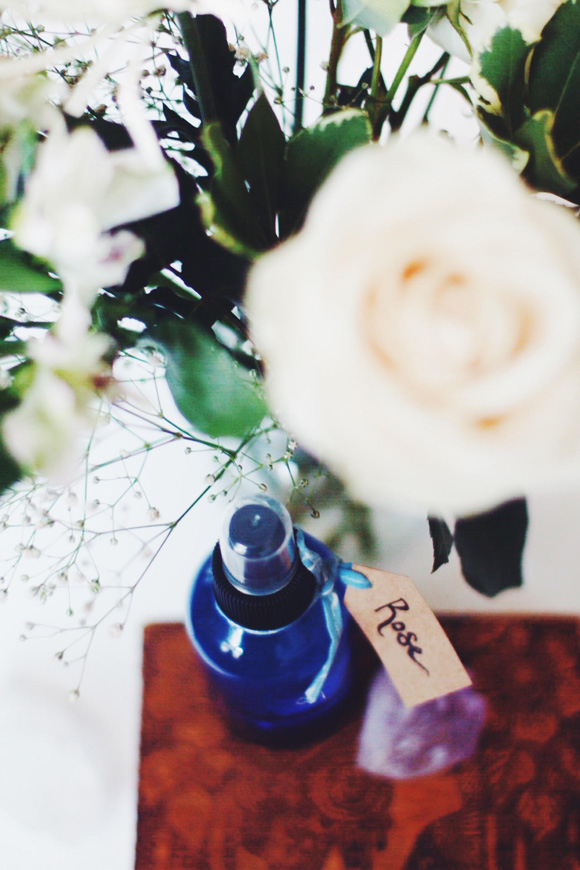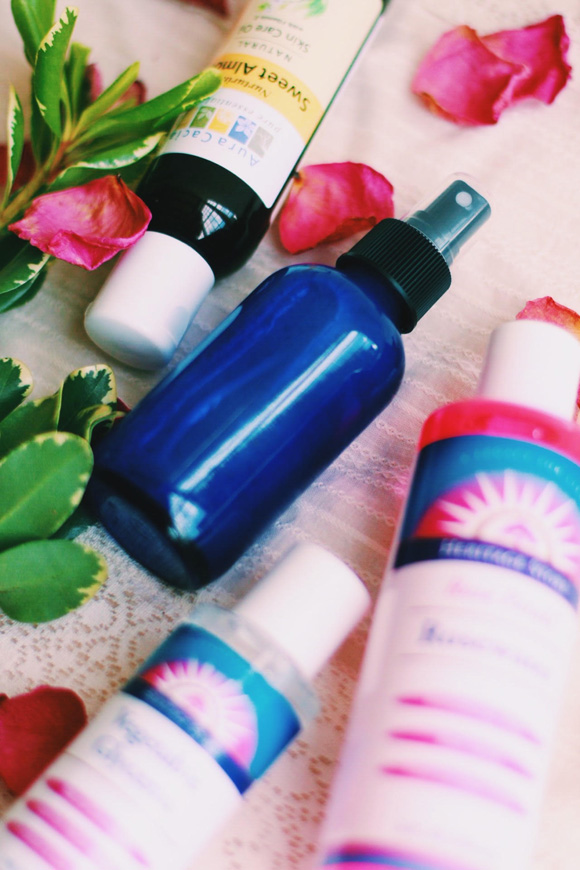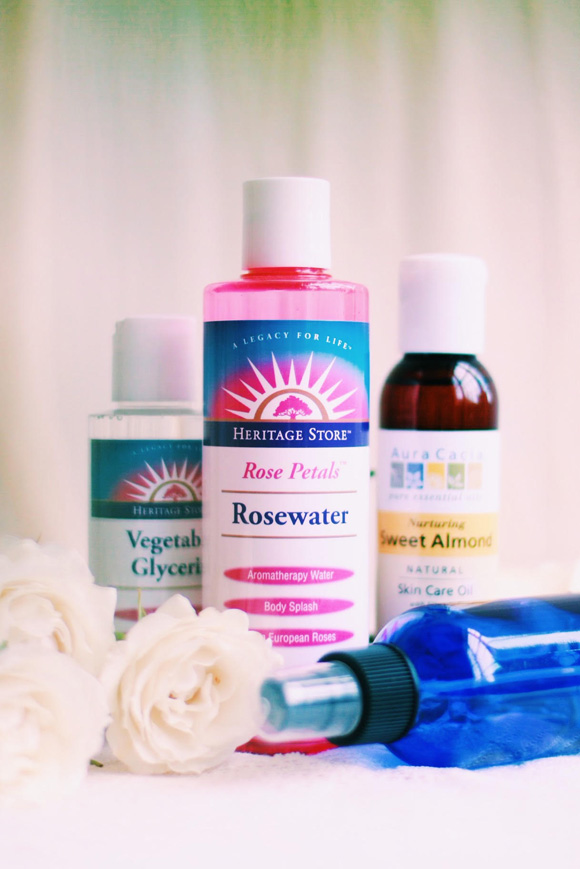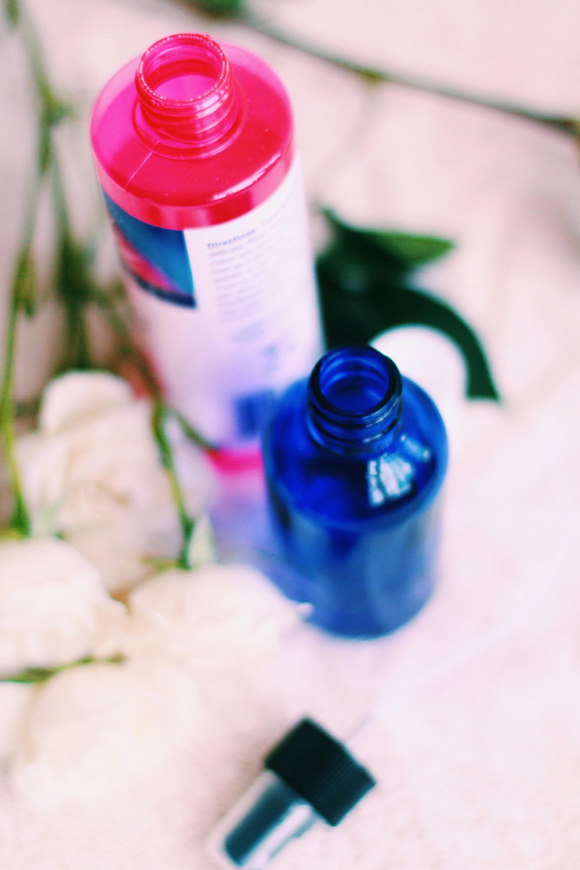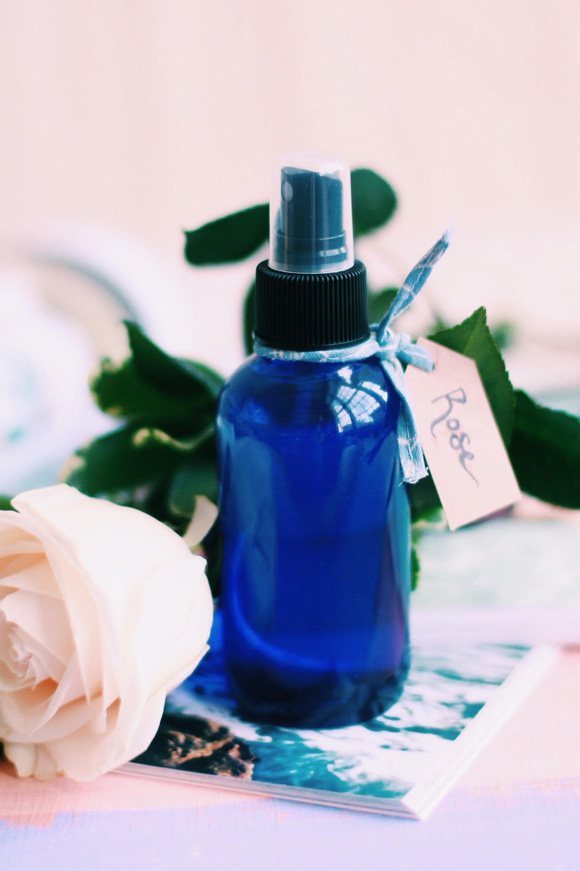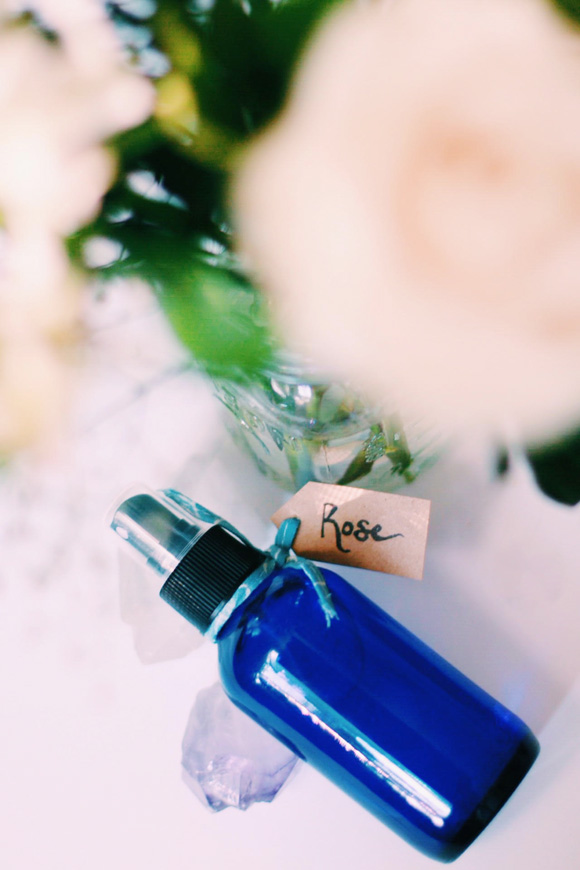How to Make Your Own Rose Moisturizing Spray + 5 Benefits of Rosewater
Learn about the benefits of rosewater and how to make a super hydrating moisturizing spray.
I’ll admit, I haven’t always been a fan of the rose. As someone who is typically drawn to more masculine scents, I was convinced that the scent of rose was too delicate, too predictable; calling to mind powder rooms and antiquated ideals. For a long time I resisted, choosing sunflowers for my home and woodsy scents for my body, but at some point something changed. Blame the $ 5.99 cottage rose bouquets at Whole Foods (too pretty and inexpensive to resist!). Blame the fact that they’re just one more flower my foliage-loving cat can gnaw on and not expire. Blame Brigette. But I am now officially converted, having fallen hard for this classic bloom whose scent I now understand to be much more complex and nuanced than powder rooms and potpourri initially suggest. Besides bringing them into my space in the form of simple bouquets, I’ve began incorporating rosewater into my beauty routine and my skin is all the better for it.
Besides its lovely scent and enchanting color, rosewater is filled with benefits and has been used for centuries to soothe and replenish skin. It’s even believed that Cleopatra was a fan. Along with its soothing properties, rosewater can:
- Help balance the PH levels of your skin and relieve blocked pores. Use it as a toner by swiping a rosewater-moistened cotton ball over clean skin.
- Reduce inflammation. If you have dark circles beneath your eyes, try soaking a cotton ball in rosewater and holding it under each eye for a few minutes. The anti-inflammatory properties will reduce the appearance of dark circles.
- Promote hair growth. Use it as a rinse in the shower to make your hair smell fresh, clear dandruff, hydrate strands, and promote scalp health.
- Heal bug bites, small scrapes, blemishes, and lighten scars. Mix it with Fuller’s earth to create a paste that will reduce the appearance of blemishes and scars.
- Ease stress and anxiety. Make a linen spray with it and mist pillows and bedding to promote a restful night’s sleep.
When choosing a rosewater, it’s important to select a brand that is as pure as possible. I found Heritage Store brand to be inexpensive, free of additives, and easily sourced at my local health food store (i.e. Whole Foods). But there are plenty of options available, or you can learn how to make your own rosewater right here on the blog (thanks Julia!).
With summer drawing to a close, my sun-parched skin has been in need of some serious TLC and my usual go-to moisturizer just hasn’t been cutting it. Bet you can’t guess where this is going… Along with the uses and benefits listed above — or perhaps because of them — rosewater happens to be an amazing after sun treatment and, when mixed with enriching sweet almond oil and moisture-retaining vegetable glycerin, makes the perfect moisturizing spray. What’s more, this might just be the easiest DIY you do this year. Read on for the steps:
Materials:
Spray bottle (I found mine at Whole Foods – dark glass ensures your oils won’t break down if exposed to sun)
Rose water (as pure and organic as possible)
Vegetable glycerin
Sweet almond oil (or body oil of choice — jojoba works well too)
Optional: Additional essential oils
To make: Fill the spray bottle halfway with rosewater. Next, fill it ¾ of the way with sweet almond oil. Top it off with vegetable glycerin. Shake!
Because I can rarely leave well enough alone, I added a few drops of patchouli oil to my bottle to mix up the scent a bit. You could also try cedar oil, geranium, or any other essential oil your heart desires. You can also adjust the measurements to make a heavier or lighter spray, but be careful, too much oil can make the spray nozzle clog.
To use: Spray on and rub in as you would your normal moisturizer. Try using it before you towel off from the shower for a super hydrating experience.
+What’s your favorite way to use rosewater? Please share in the comments!

